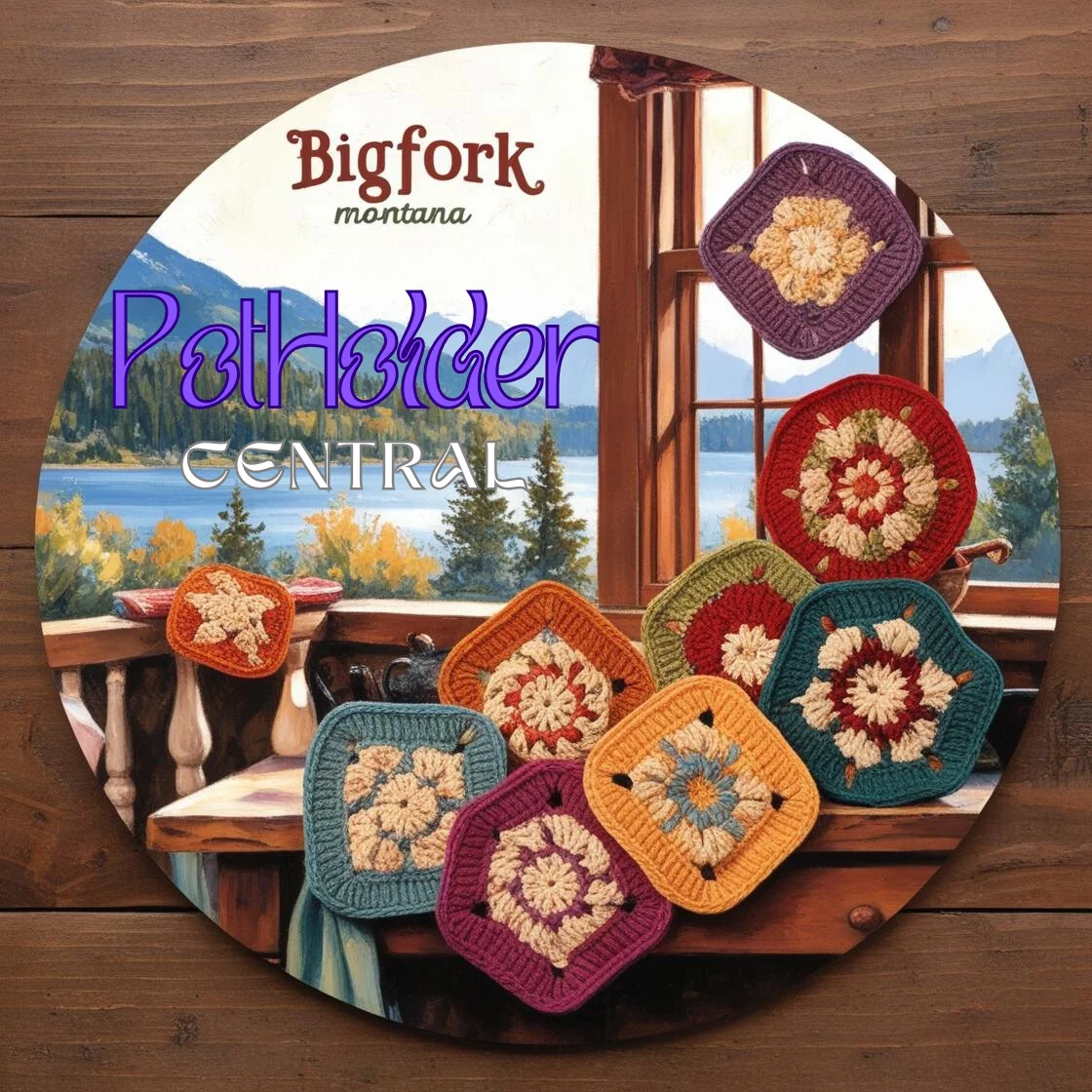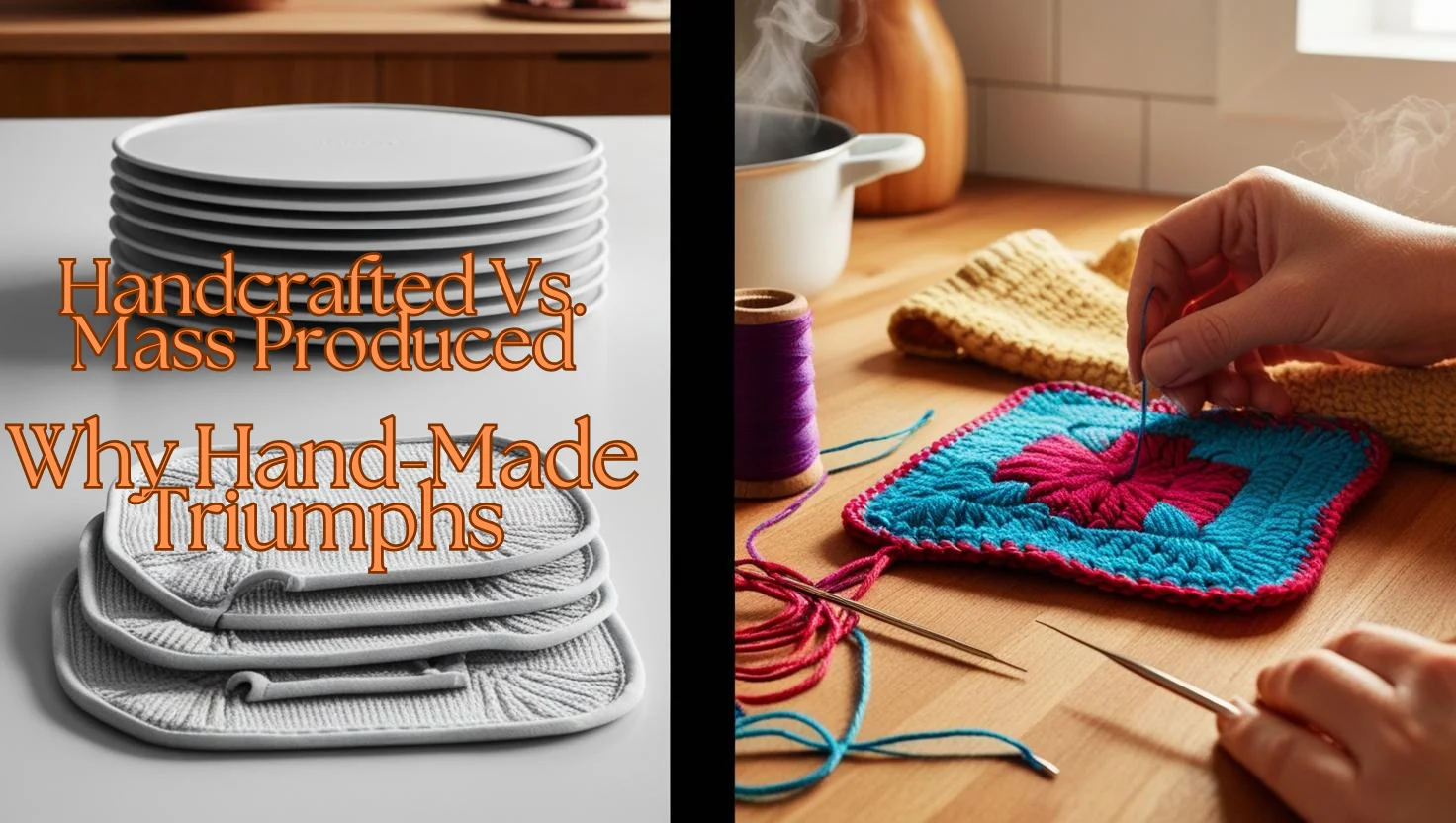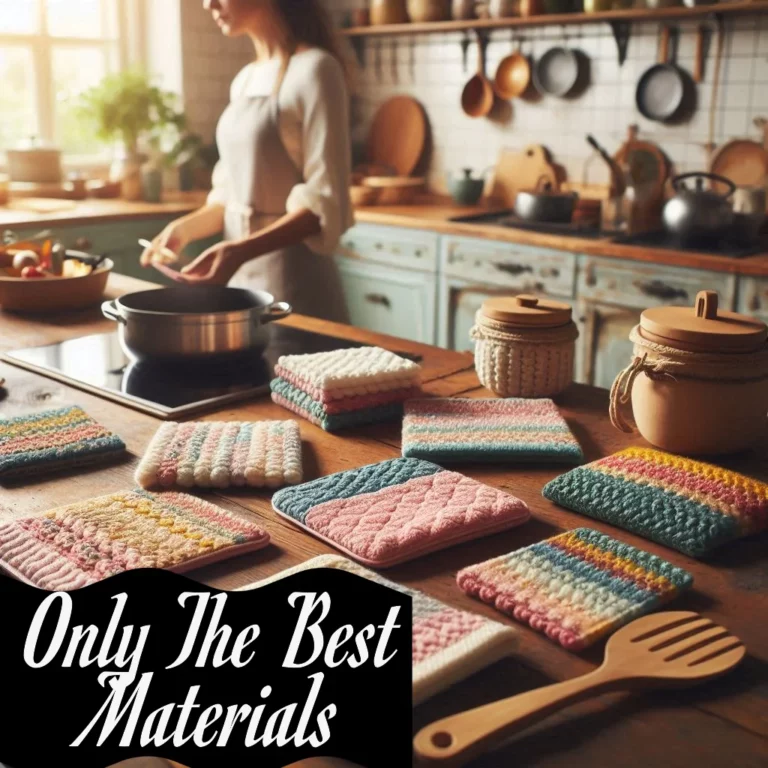Handcrafted items aren’t just things—they’re pieces of art, each with a story to tell. From ancient pottery to intricate modern jewelry, the art of crafting by hand has been part of human culture for generations. Every stitch, brushstroke, and carve is a testament to the rich tradition that’s been passed down over the ages.
Artisans are like magicians turning raw materials into something extraordinary. They master skills through years of practice, ensuring every piece is unique. Whether it’s the rhythmic whir of a potter’s wheel or the precise cuts of a jewelry smith, these creators pour their skill and passion into their work.
What makes handcrafted items truly special is the personal touch. Unlike mass-produced goods, each handcrafted piece reflects the maker’s creativity, making it a unique expression of their vision and technique. It’s like having a little part of the artisan’s spirit embedded in every piece.
Supporting handcrafted products means honoring the expertise and dedication behind them. When you buy something handmade, you’re not just acquiring an object; you’re investing in the rich heritage and skill of the artisan. Recognizing the true art and craftsmanship in handcrafted creations goes beyond the object itself—it’s about appreciating the time, effort, and passion that went into its making.
Economic and Environmental Impact: Handcrafted vs. Mass-Produced
When it comes to the environment, handcrafted items and mass-produced goods are like night and day. Handcrafted goods often use less energy and water, and they typically avoid harmful chemicals that can harm our planet. Without the reliance on massive industrial machinery, handmade items leave a significantly smaller carbon footprint.
Supporting local artisans and their handmade crafts also boosts local economies. Your purchase isn’t just supporting an individual artist—it’s contributing to a web of local suppliers, small businesses, and even agricultural industries. This creates a ripple effect, spreading economic benefits throughout your community.
Mass-produced goods often travel thousands of miles before reaching store shelves, which not only increases carbon emissions but also diminishes quality and undermines local businesses. In contrast, handcrafted goods often utilize locally sourced materials, reducing environmental impact while showcasing regional resources.
The sustainability of handmade goods goes beyond eco-friendliness. Choosing durable, well-crafted items helps combat the throwaway culture that mass production perpetuates. It’s a meaningful decision that supports the planet, artisans, and a better future.
Quality and Durability: The Lasting Power of Handcrafted Goods
Handcrafted goods often outshine mass-produced items in quality and longevity. Artisans take pride in their work, personally inspecting every step of the creation process. This hands-on approach ensures fewer defects and a higher standard of excellence.
Materials are a key factor in the durability of handmade products. Artisans often opt for premium, sustainable materials like leather, wood, or ethically sourced fabrics. These materials not only stand up to the test of time but also age gracefully, adding character as they’re used.
Stories abound of handcrafted goods being passed down through generations—whether it’s a handmade quilt, a piece of jewelry, or a sturdy wooden table. These heirlooms highlight the staying power of quality craftsmanship. While mass-produced goods may save a few dollars upfront, they often fail to match the long-term value and reliability of handmade alternatives.
Choosing handcrafted goods means investing in something that will last. It’s a way to embrace sustainability, reduce waste, and treasure the lasting beauty and practicality of a well-made item.
Cultural Value and Personal Significance
Handcrafted items are time capsules of tradition and heritage. They preserve the skills, stories, and artistry of different cultures, acting as a bridge between past and present. From the weaving traditions of Indigenous peoples to the metalwork of blacksmiths, handmade goods carry a legacy worth preserving.
What sets handmade apart is its deeply personal nature. Artisans often pour their hearts into creating items that tell a story, whether it’s inspired by their environment, culture, or personal experiences. Owning a handcrafted item means connecting to that story in a tangible way.
Customization is another area where handcrafted items shine. Artisans can work directly with buyers to create something truly one-of-a-kind. Whether it’s engraving a family name onto a wooden cutting board or tailoring a piece of clothing to your exact measurements, these personal touches create a bond that mass production simply cannot replicate.
Handmade goods are more than objects; they are vessels of culture, creativity, and personal connection. By choosing handcrafted, you’re celebrating artistry, supporting tradition, and ensuring the survival of skills that have shaped human history.
Why Handcrafted Wins Every Time
The debate between handcrafted and mass-produced goods isn’t just about aesthetics—it’s about quality, sustainability, and the stories behind the things we own. Handcrafted goods offer superior craftsmanship, better materials, and a smaller environmental footprint, all while supporting local artisans and economies.
When you invest in a handmade item, you’re choosing durability, personalization, and tradition. Whether it’s a hand-knitted blanket, a ceramic bowl, or a hand-carved piece of furniture, every purchase is a vote for quality over quantity, for meaning over mass production.
So next time you’re faced with the choice, consider the long-term value and impact of your purchase. Handcrafted goods are more than just possessions—they’re stories waiting to be told.
Why Choose Handcrafted Over Mass-Produced?
When deciding between handcrafted and mass-produced goods, the benefits of handcrafted items make the choice clear. Here’s why:
1. Are handcrafted items better quality than mass-produced goods?
Yes, handcrafted items are often of superior quality because artisans pay attention to every detail. Unlike mass production, where machines churn out hundreds of identical pieces, handcrafted goods are made with care, precision, and often better materials. This ensures durability, longevity, and a level of craftsmanship that mass-produced items simply can’t match.
2. How does buying handcrafted support the economy?
Supporting handcrafted goods means supporting small businesses, local artisans, and entire communities. Instead of your money going to large corporations, your purchase contributes directly to a maker’s livelihood. This creates a ripple effect, as artisans often source materials locally, further stimulating local economies.
3. Is handcrafted more sustainable than mass-produced?
Absolutely. Handcrafted goods are inherently more sustainable. They use less energy during production, produce less waste, and often incorporate eco-friendly materials. By avoiding the heavy machinery and long shipping routes associated with mass production, handmade items leave a smaller carbon footprint. Plus, their durability reduces waste, as you won’t need to replace them as often.
The Takeaway: Handcrafted Triumphs Over Mass-Produced
Choosing handcrafted goods is about more than just buying a product—it’s about embracing quality, supporting sustainability, and valuing the rich cultural heritage behind each piece. Handcrafted items bring unmatched durability, a personal touch, and the satisfaction of knowing your purchase supports artisans and the environment.
So, the next time you’re considering a purchase, ask yourself: Do I want something meaningful, sustainable, and built to last—or just another mass-produced item? The choice is clear—handcrafted always triumphs.


